Authorities of Ca Mau province have proposed to divert fresh water from the Hau River to the locality through the irrigation system to limit drought, subsidence, and water shortages during the dry season.
The information was proposed by Mr. Nguyen Thanh Tung, Head of the Irrigation Department of Ca Mau province to the working delegation of the Irrigation Department, Ministry of Agriculture and Rural Development at the inspection of the response to drought and saltwater intrusion in the locality on March 14.
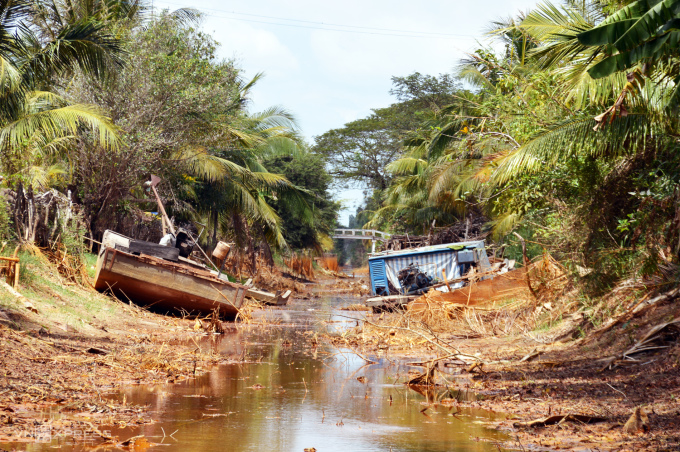
The situation of dry canals and ditches has caused many difficulties in production and daily life of people in Tran Van Thoi district. Photo: An Minh
According to Mr. Tung, the province has three sides bordering the sea, the irrigation system has not been invested synchronously, production and people's daily life depend entirely on rainwater and groundwater. Therefore, the locality often has a surplus of water in the rainy season and a shortage of water in the dry season.
The drought and saltwater intrusion situation in the area this year is earlier than the average of many years and is at a severe level, seriously affecting production and people's lives. In Tran Van Thoi district, 131 canals have collapsed, 550 landslides with a total length of more than 14,500 m, estimated damage of more than 19 billion VND. The whole province has more than 1,800 households lacking and not being able to proactively source water for daily life.
Currently, the water level in the canals and streams in the freshwater area continues to decrease. In the coming time, the locality will have more canals dry up, leading to a shortage of fresh water for agricultural production.
Based on the above facts, the provincial agricultural sector proposed to build an irrigation system to bring fresh water from the Hau River to Ca Mau through a network of pumping stations. Fresh water will be taken at the end of December of the previous year and the beginning of January of the following year for the U Minh Ha area. This work mainly pumps fresh water into the canal system, because when the second rice crop is produced, the rainwater source on the canals has gradually decreased.
In the immediate future, the Irrigation Department of Ca Mau province has proposed that the Ministry of Agriculture and Rural Development soon invest in completing the Tac Thu boat lock and some sluices (costing about 741 billion VND) to regulate water intake from the Cai Lon - Cai Be irrigation system and the Quan Lo - Phung Hiep canal to supply fresh water to the area.
"In addition to serving production, this water collection also helps prevent the canal system in the fields from drying up and limits subsidence," said Mr. Tung.
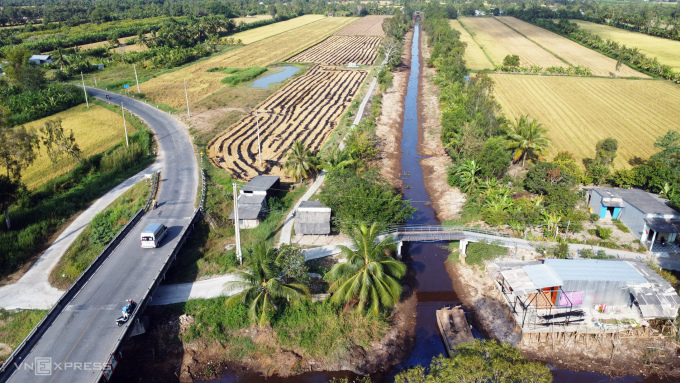
The freshwater area of Ca Mau province is being severely affected by drought. Photo: An Minh
Regarding the water supply from Hau River, Mr. Nguyen Hong Khanh, Deputy Director of the Irrigation Department, said that the above proposal has been studied by the scientific agency of the Ministry of Agriculture and Rural Development and other independent agencies.
Mr. Khanh suggested that the effectiveness of the proposed solution should be considered. Specifically, how much does it cost to transport one cubic meter of water from the Hau River to Ca Mau via an electric pump compared to on-site solutions and small water storage projects? Local authorities need to conduct a comprehensive study of the plan to transport water from the Hau River to the province.
Previously, at a survey of drought and salinity prevention projects by a working group from the Ministry of Agriculture and Rural Development, Chairman of the People's Committee of Ben Tre province Tran Ngoc Tam proposed to divert water from the Saigon or Dong Nai rivers to the western provinces to overcome the water shortage during the drought and salinity season.
According to the Ministry of Agriculture and Rural Development, salinity has reached its highest level since the beginning of the season, higher than the average of many years and intruding 5km-15km deeper. It is forecasted that this year's dry season will have two more salinity intrusions in late March and early April, but the salinity will be lower.
The historic drought and salinity in 2016 (which only happens once every 100 years) caused 160,000 hectares of land to be contaminated with salt, causing damage of more than VND5,500 billion. Ten out of 13 provinces and cities in the Mekong Delta had to declare natural disasters. In 2020, the drought and salinity lasted for more than 6 months, forcing six provinces in the West to declare an emergency drought and salinity situation. The drought and salinity damaged 43,000 hectares of rice, and 80,000 households lacked water for daily use. The government has allocated VND530 billion for eight provinces in the Mekong Delta to respond.
An Minh
Source link




![[Photo] Overcoming all difficulties, speeding up construction progress of Hoa Binh Hydropower Plant Expansion Project](https://vstatic.vietnam.vn/vietnam/resource/IMAGE/2025/4/12/bff04b551e98484c84d74c8faa3526e0)
![[Photo] Closing of the 11th Conference of the 13th Central Committee of the Communist Party of Vietnam](https://vstatic.vietnam.vn/vietnam/resource/IMAGE/2025/4/12/114b57fe6e9b4814a5ddfacf6dfe5b7f)


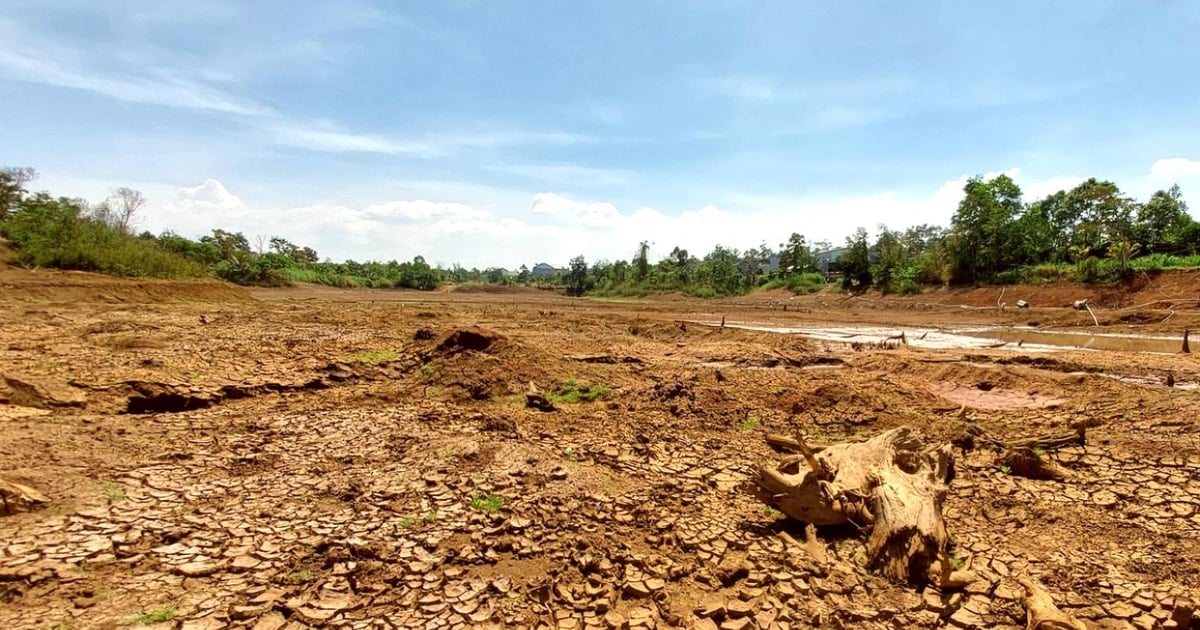

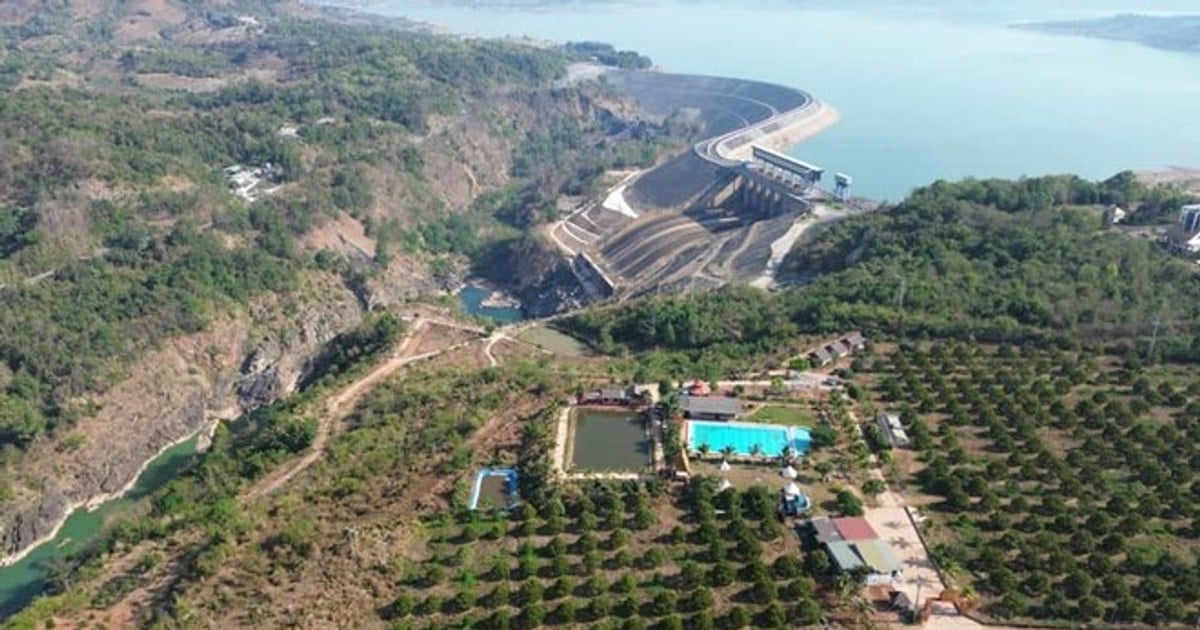
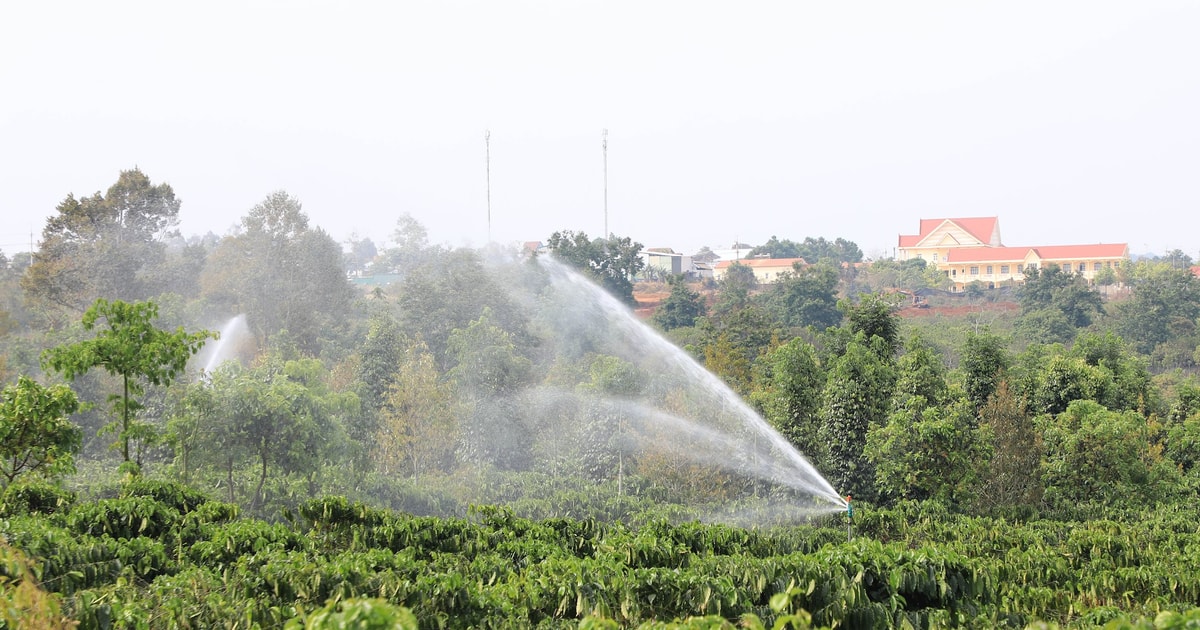
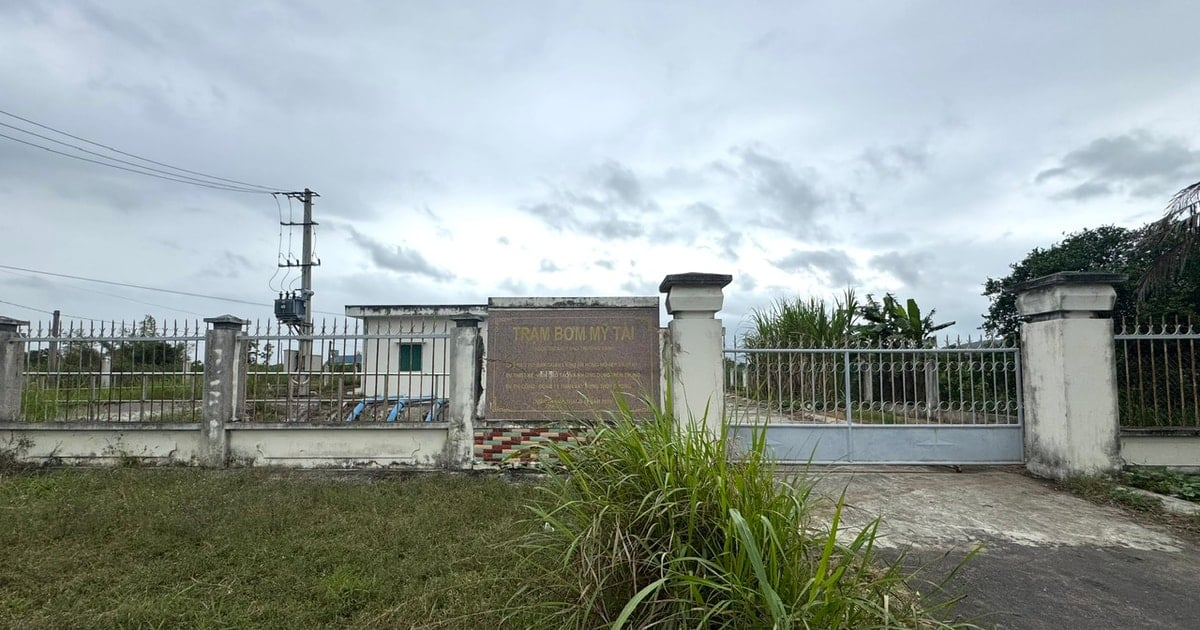



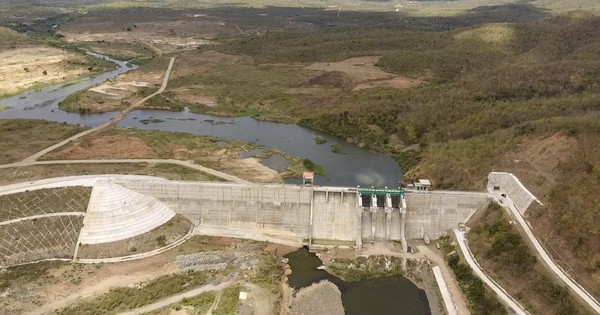
















































































Comment (0)